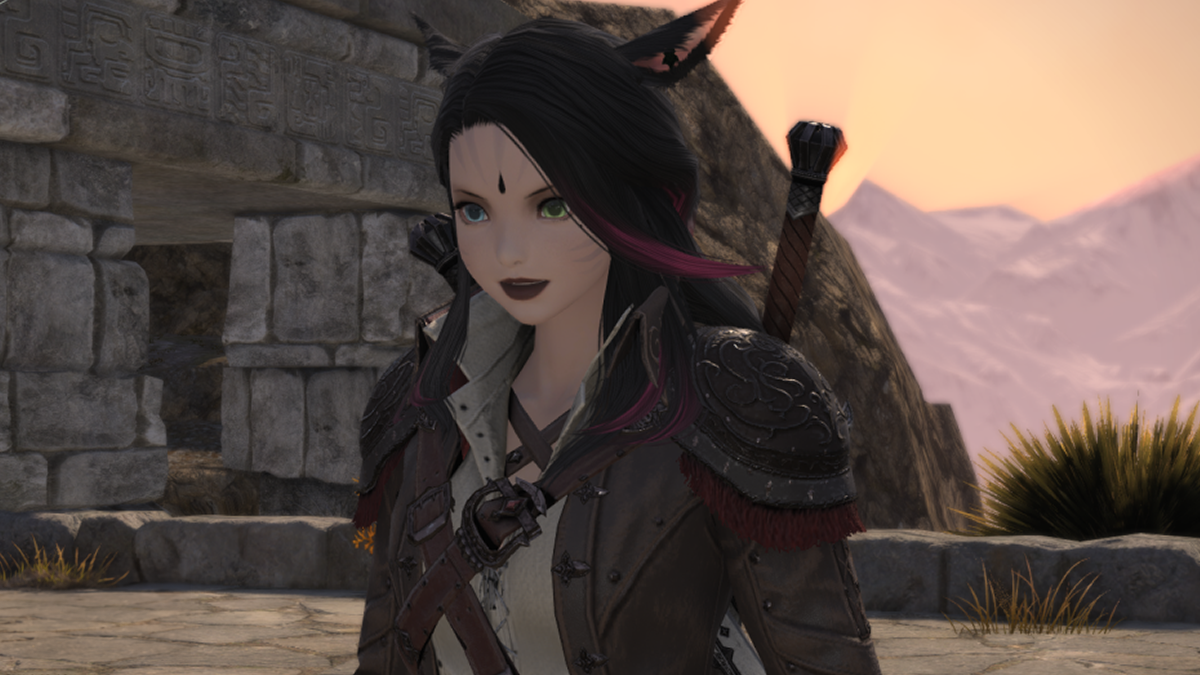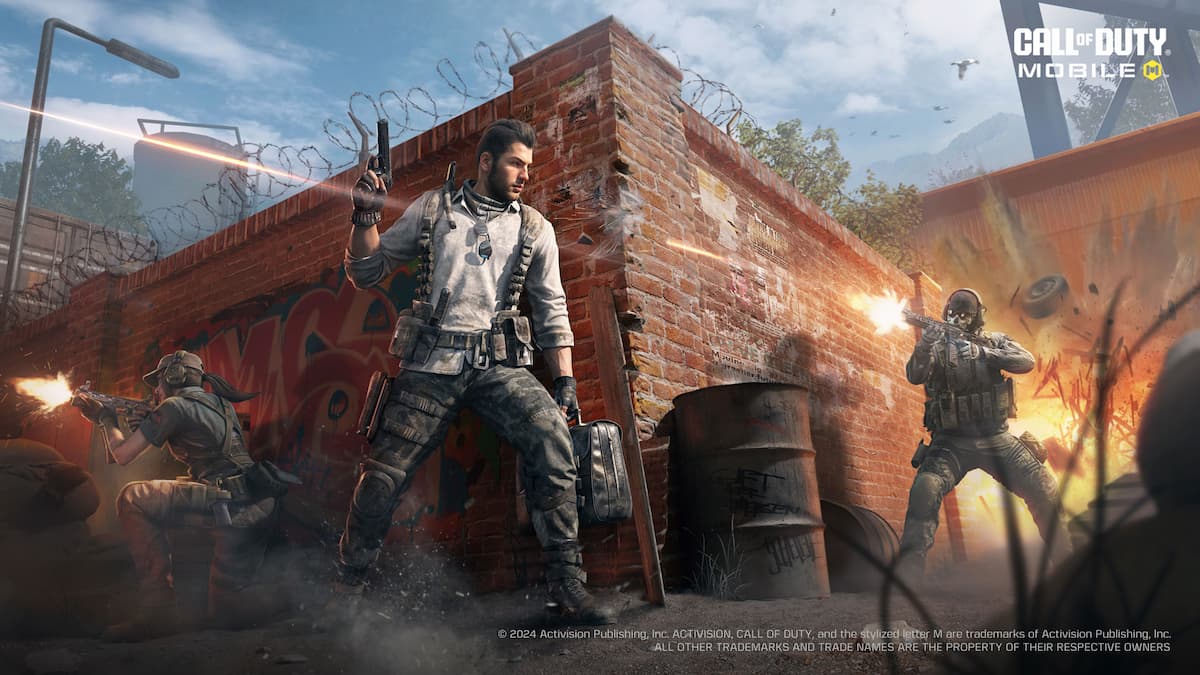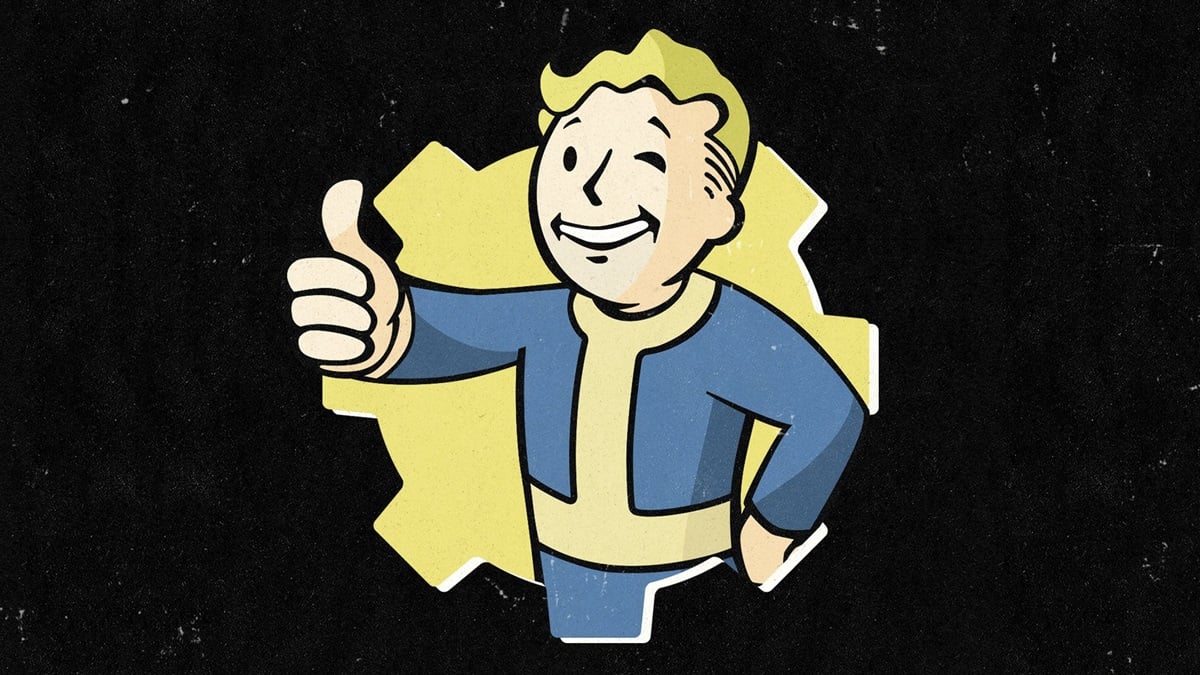10 years young
There are some games out there that are true classics. Titles you can dust off and have as much fun playing today as you did when they came out decades ago. One doesn’t need to look any further than last week’s release of the SNES Classic and the outpouring of both nostalgic joy from longtime fans and fresh discovery from new ones for examples.
But when I think about classics, I notice two things. One, most of the games I hold up as truly timeless come from the 16-bit era and earlier. The further you get from the release of the PS1 to today, the smaller the library of gems gets. Two, my personal mental list of classic games are almost entirely single-player experiences. Apart from Street Fighter 2 and a maybe a tiny number of long-running MMOs, there are precious few multiplayer titles with a shelf life of more than a year or two. Team Fortress 2 is the rare game that breaks that pattern.
As of today, Team Fortress 2 is a ten-year-old online FPS that is somehow, unbelievably, still as fun to play now as it was in 2007.

As someone who played the Team Fortress 2 feverishly when it came out and still occasionally dips in for a quick round or two, it’s hard to believe it has been a part of my life for a full decade now. I’ve spent more years now playing with cartoon mercenaries and eating sandviches in the middle of a battlefield than I spent on my secondary and post-secondary education combined, which might explain a few things about my life.
Explaining the game is easy. Team Fortress 2 is a colorful class-based FPS that pits two teams, the archetypal RED and BLU, against each other in a series of objective-based game modes. Sometimes you’re running through each other’s ‘60s-inspired spy bases trying to steal briefcases full of classified documents, sometimes you’re trying to capture control points in a barn. Other times one team tries to push a cart carrying an old timey atom bomb up a series of railway tracks right into the enemy base (why the enemy team installed those tracks in the first place will forever remain a mystery).
How you accomplish that is up to your personal preferences and your team. Players are free to swap between the nine different mercenaries that represent the classes of the game and their subsequent role on the battlefield. Meat-and-potato units like the Soldier and Demoman lead the way with high-explosives and an emphasis on traditional FPS skills. The eternal duo of the Heavy and Medic create a mobile frontline of withering fire and meat, while the Engineer creates fortified micro-bases in the middle of the map. Scouts zoom across the killing field, a constant annoying fly buzzing about, while Snipers and Spies lurk in the shadowy nooks of the map waiting to snuff out unsuspecting targets. And of course, the Pyro is there with its flamethrower to add a little extra chaos to the whole affair.
Each mercenary has their own strengths, weaknesses, and role to play. Teams tend to holistically find a balance of these classes and use their unique skills to work together and achieve victory through cooperation.
Or not. Sometimes, a team of 12 players ends up with six Spies tripping over each other like a drunken KGB reunion party. Sometimes, everyone agrees before the game begins to rush the map en mass as a human wave of Scouts – lightning-fast lemmings barreling towards the certain, hilarious doom of an inevitable turret nest. Some people find a favorite class and never switch from it, leaving the other members of their team to figure out the whole balance and strategy thing.
Whatever, it’s all part of the fun. Games are quick and life is cheap when you’re a mercenary for RED and BLU (organizations players would discover a few years into the game’s life are actually run by the same overseer for indecipherable reasons we may never fully understand).

Team Fortress 2 is a serious game set in a non-serious world. It’s a game that is built on a rock-solid foundation of expertly-crafted game mechanics, but fully embraces the silliness and stupidity of FPS tropes. It takes questions like “why do these arch-rival organizations keep building bases right next to each other?” And blows a sneering raspberry at them. “Because it’s fun, you dolt.”
If you want, you can take it very seriously as a competitive game; all the pieces are there if you want to sink in the time and become a true expert. It’s a deep, complex game that requires mechanical skill, teamplay, and strategy. Just as players are still innovating and developing new playstyles in Street Fighter 2 25 years later, there are still players plumbing the depths of what is possible in Team Fortress 2 right now in 2017.
But, it also includes the tools to hang out and just have a good time. To put on a stupid hat and smack somebody with a fish, or lead a conga-line in the middle of a firefight. If you burn out in the competitive arena, you can always let your hair down and get silly. If you’ve had enough frivolity, you can find a crew and start dropping in six vs. six scrims. Whatever your style, you can play it your way.
I truly believe this flexibility in play is one of the keys to the game’s longevity. As a longtime fan, I’ve gone through those various stages myself, at times thinking about the game as a competitive property, and other times jumping in just to troll teams with mini-sentries and crab-spies. But, there are more pieces to the puzzle.
When I say there are fewer “classics” in the post PS1-era and beyond, let’s not get it twisted. There have obviously been plenty of phenomenal titles released since 1996 – just not many that I’d personally consider classics. The problem isn’t that these games aren’t good, it’s just that they are hard to return to. And this is especially true for multiplayer titles.
Returning to the colorful cartoon land of Super Mario World is easy. Technology might have come a long way since 1990, but no one will ever say Mario World is a bad-looking game – it’s timeless. Coming back to jaggy low-poly 3D models smeared with 30-pixel-wide texture maps is something else entirely. 3D games age poorly, and what is cutting edge in its day is inevitably eclipsed by the next big innovation. As the bar for graphical fidelity keeps rising, games that are heralded for their realistic-looking 3D graphics on release seem antiquated a year or two later. In five or so, they look like a wet sack of crap.
Team Fortress 2 on the other hand will always be a gorgeous game. Inspired by the pop art of J.C. Leyendecker, the Americana of Norman Rockwell, and the failed promise of jet-age futurism, the art team created a delightful cartoon world for their bloodthirsty mercenaries to play in that cares nothing for photo-realism and everything about style.

The maps of Team Fortress 2 provide a romping view of a nostalgic American heartland as seen through the lens of a Roadrunner cartoon. They exist in a kind of timeless limbo. The characters themselves are defined, not by how many polygons were stuffed into their models, but by distinctive silhouettes and archetypal shapes. By personality and presence. You don’t need to play hours of the game to understand who the Heavy is or what he’s about – one look at his massive minigun, hulking body, and tiny stub-like legs tells you all you need to know.
Team Fortress 2 is a triumph of art design over technical muscle. Even as the Source engine ages into obsolescence, the world of Team Fortress 2 will always be an inviting one to jump back into.
And thanks to a preponderance of updates and ongoing support, you’ll find other players there to greet you.

The tragedy of multiplayer titles is that they are generally temporary joys. Even the best games age out of a player base as time stretches on and sequels splinter the player base while other games woo players away. Eventually the server counts dwindle, players thin out, and the few that still hang around long after release become finely-tuned killing machines – ruthless terminators that are sure to stomp the occasional curious new player trying to rediscover the game. Some fanbases form specific communities that keep the dream alive for the most hardcore fans (QuakeCon, SF2 side-tournaments, games of Melee held on the last CRT TV in North America), but for the vast majority of people, multiplayer games are destined to become mere-memories a few years (sometimes months) after release.
Team Fortress 2 found a few ways to break that cycle, the first and most positive being a series of updates to the game. For years since release, the game has benefited from the addition of new maps, game modes, and weapons (specialized tools that created sub-classes within each class, deepening the game and expanding the tactics available). And all of them given to players for free. Valve being Valve, enjoys the perks of holding a monopoly on the PC gaming market and can afford to be generous. Especially when many of the most popular maps and items were sourced through community creators, given the Valve stamp of approval after rounds of vetting and voting.
Team Fortress 2 also benefits from being one of the most complete and easy-to-join free-to-play games on the market. Anyone who wants to play can download and get cracking. A new player gets access to all the maps, modes, and classes. Weapons are easily attainable thanks to random drops, targetable achievements, and a trading system and community market flooded with near-worthless duplicate Razorbacks and jugs of Jarate.

Let’s talk a bit about that market. As someone who has come back to the game after various breaks and absences, the market has been a Godsend. 50 cents here, a couple of bucks there, and any new weapons I might have missed are mine for the taking. I’ve dabbled in cosmetics, found the right shade of paint for my Scout’s gym socks, and splurged on turtlenecks for my Spy. I’ve also managed to buy new video games through the sale of Team Fortress 2 items.
There is an entire, bizarre sub-economy that lives on the back of Team Fortress 2, a black market of rare items and unusual hats that command absurd prices. At a time when I was skint, I sold off some of my rarer gear and turned that cash into new games. It seemed strange to me then and downright perplexing now. Like Dutch aristocrats mortgaging their manors for tulip bulbs, there have been rare, unusual hats that have sold for hundreds of dollars (or the laundered key-based alternative currency) and at times a thriving speculative economy. I don’t understand any of it, but it is a fascinating, vaguely seedy satellite that orbits the game.

Most of all though, I think the thing that makes Team Fortress 2 a classic is its personality. Each mercenary brings their own unique voice and attitude to the battlefield, and a quirky ambiance pervades the entire game.
Aside from all the new maps and guns, many of the updates have focused as much or more on just having fun with the game’s strange world and lovable contract killers than anything else. When a class update would hit, I’d be just as excited to watch the official website for new comic pages and mock catalogs featuring 200-pound baccarat detectors as I was for anything coming to the game. Holiday events like Scream Fortress and Smissmas introduce new, and deeply dumb modes and characters that only added to the whimsy. It’s just a good time.
Fun and personality have always worked hand-in-hand with whatever was actually going on in the game to make Team Fortress 2 something bigger than the sum of its parts.
What other decade-old game can you think of that still gets its voice actors back in the booth to record new lines for an update? Just last year, the “Meet Your Match” update added a whole new slew of lines and quips for each mercenary to pop off. The Meet the Team video series might have been promotional tools, but they did more than just sell the game to new audiences, they added to the personality of the figures involved and loose lore surrounding the game.
Seven years after release, Valve released the 15-minute opus Expiration Date, a short that is, for all intents and purposes, a mini-episode of a Team Fortress TV show that never was. Ostensibly the short was released to promote the “Love & War” update, but it seemed more like a celebration of how far the game had come than anything else. Maybe the final jewel in the crown of a game that lasted far longer than almost any FPS has a right to.
Now, three years since that short, and a full ten years since release, it still doesn’t seem like Team Fortress 2’s expiration date is up. It’s still one of the most-played games on Steam and Valve promises that a long-coming update is still in the wings, ensuring at least one more injection of fresh content. A full decade later, there is still more to look forward to.
Team Fortress 2 is title that has both earned its place in history as a remarkable achievement, and yet remains a living breathing game that anyone can still jump in and play. A true modern classic if there ever was one.




